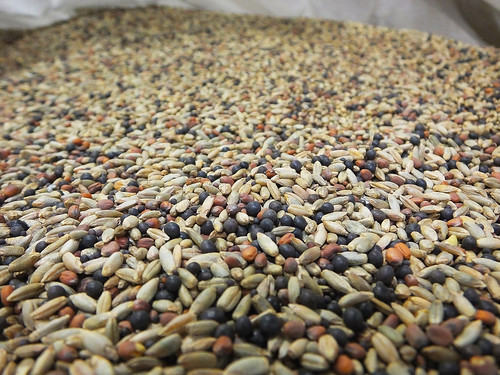
For years, it was believed that a certain amount of cropland soil erosion was inevitable. But by using conservation techniques like cover crops, no-till and diverse crop rotations, an increasing number of farmers are proving that we can actually build our soils and, in some instances, increase soil organic matter by as much as 3-4 percent.
In the process, these farmers are using less energy, maintaining or increasing production and improving their bottom lines. And that’s a reason to celebrate today—Earth Day 2014.
These farmers understand the soil is alive. So they’re farming with practices to ensure the soil ecosystem is alive and well and working for them. While management techniques vary from farm-to-farm, they all use these four key soil health principles. They…
1. Minimize soil disturbance. The soil’s natural biological cycles and soil structure can be disrupted through tillage, chemical disturbance or improper livestock grazing. By reducing or eliminating these activities, farmers will benefit from better plant growth, reduced soil erosion, increased profit margins and better wildlife habitat.
2. Energize with diversity. Biodiversity, growing more plants in rotation, increases the success of most agricultural systems. Diversity above ground improves diversity below ground, which provides an ideal habitat for the billions of micro-organisms that perform essential soil ecosystem functions like helping make nutrients available to plants.
3. Keep the soil covered. Using cover crops helps restore soil health, protects against soil erosion and groundwater leaching, and provides livestock feed and wildlife habitat. In addition, cover crops protect the soil ecosystem from temperature extremes and improve plant health.
4. Maximize living roots. Year-round, living roots are essential to provide the food and habitat for soil micro-organisms. These roots also create pores and channels in the soil that provide oxygen and increase water infiltration capacity — which helps makes cropland more resilient to weather extremes like droughts and floods.
Learn more about the “Unlock the Secrets in the Soil” campaign of USDA’s Natural Resources Conservation Service and hear what farmers have to say about the importance of soil health in these short “Profiles in Soil Health” videos.
Also, learn from soil health farmers in your state.

